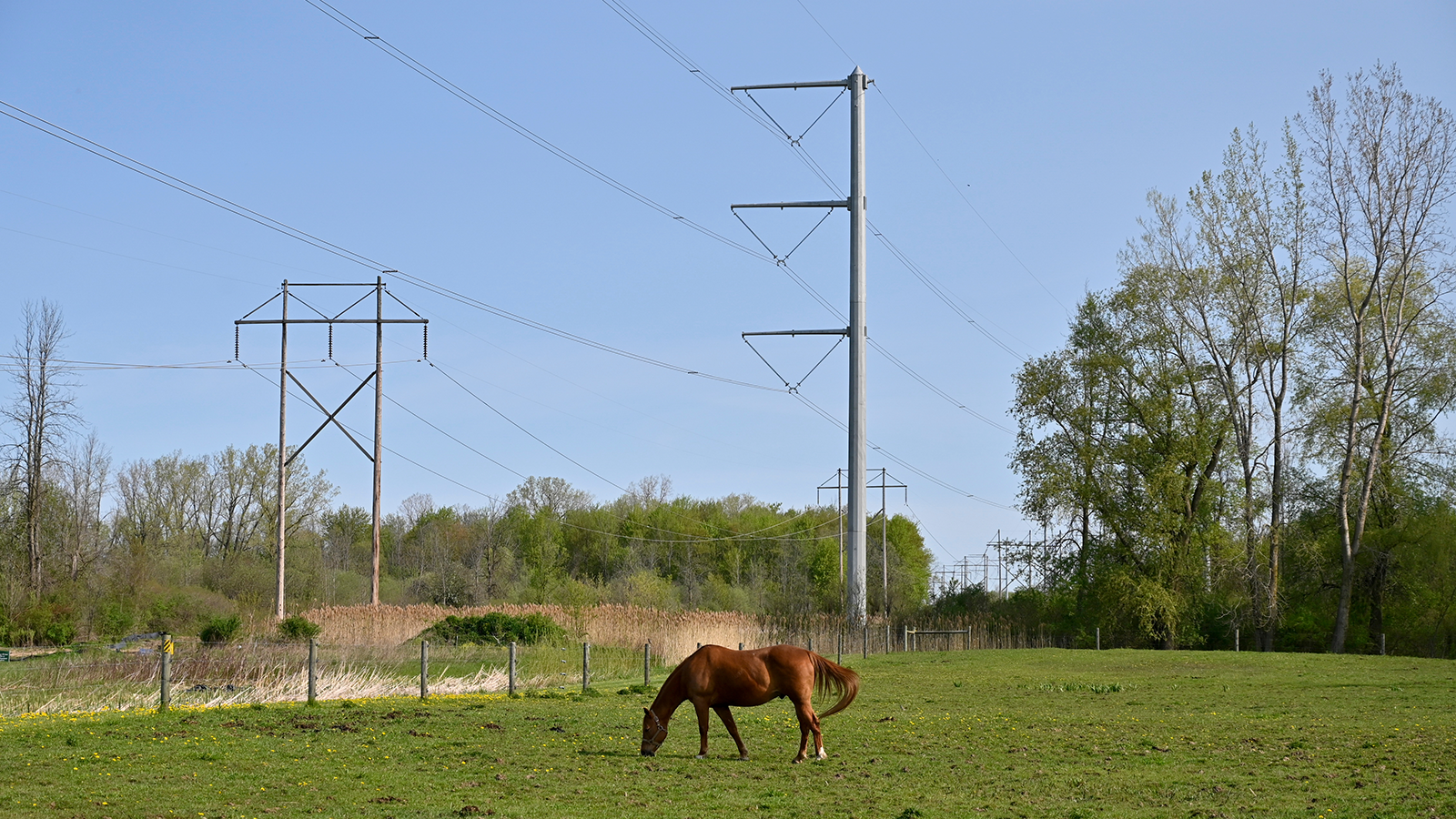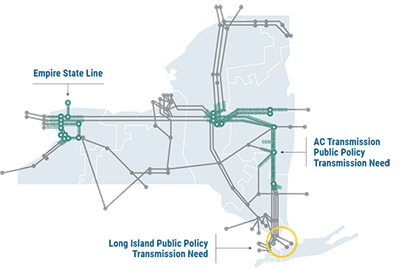NYISO’s Role in Evaluating New York’s Policy-Driven Transmission Projects

As public policies continue to shape the grid of the future, the need to invest in the transmission system has never been greater. The good news is that a historic level of investment is underway, with projects recently completed or under construction that will deliver more clean energy to consumers while enhancing grid reliability. However, to meet decarbonization goals, even more investment will be necessary as discussed in the NYISO’s System and Resource Outlook, a 2022 study that looked at potential resource development over the next 20 years.
To understand the process for how transmission is built in the state it is helpful to understand what’s known as “Order No. 1000.” On July 21, 2011, the Federal Energy Regulatory Commission (FERC) directed regional transmission planners – including the NYISO – to, among other things, consider transmission investment needs driven by federal, state, and local public policies in their planning processes. In New York, transmission needs driven by public policy requirements are identified and the NYISO evaluates and selects the more efficient or cost-effective solutions to address those needs through a competitive, multi-step process, called the “Public Policy Transmission Planning Process.”
Step 1: The NYISO solicits proposals for transmission needs driven by public policy requirements from interested parties. These proposals, as well as any suggestions from the NYISO, are collected and provided to the New York Public Service Commission (PSC) for consideration.
Step 2: The PSC considers and identifies proposed transmission needs, following public comment. During this period, the PSC examines the public policy requirements and considers whether there are requirements driving the need for additional transmission investment. Consistent with state law, the PSC seeks public comment, and many parties, including the NYISO, actively participate in this part of the process.
Step 3: Once the PSC identifies a specific need for the power system, the NYISO requests and evaluates proposals from qualified developers. Following receipt of proposed solutions to a public policy transmission need identified by the PSC, the NYISO conducts a comparative evaluation of the solutions based on their ability to satisfy the needs identified by the PSC and other criteria aimed at identifying the more efficient or cost-effective solution. The NYISO’s evaluation is performed transparently with continuous input from stakeholders and developers through its governance process.
Step 4: Based upon results of the NYISO’s evaluation and input from stakeholders, the NYISO Board of Directors may select the more efficient or cost-effective solution. Following selection, the designated developers will proceed with the development and construction of the project.

In recent years, three major transmission projects have been approved through the NYISO’s Public Policy Transmission Planning Process. The Empire State Line, which was completed June 1, 2022, will improve access to renewable hydroelectric energy from the Niagara Power Plant. The AC Transmission Projects – comprised of Segment A and Segment B – which are currently under construction, will increase delivery of clean power generated in northern and western New York to downstate customers.
The NYISO is currently evaluating proposed projects to address the Long Island Offshore Wind Export Public Policy Transmission Need (“Long Island PPTN”), which was declared by the PSC on March 19, 2021. The PSC’s order declared that the CLCPA constitutes a Public Policy Requirement driving the need for transmission to increase the export capability from Long Island to the rest of New York State to facilitate transfer of the full output of offshore wind projects.
Through our Public Policy Transmission Planning Process, a historic level of investment in the New York State transmission system is underway, with projects that will deliver more clean energy to New Yorkers and enhance the resiliency and reliability of the grid.
